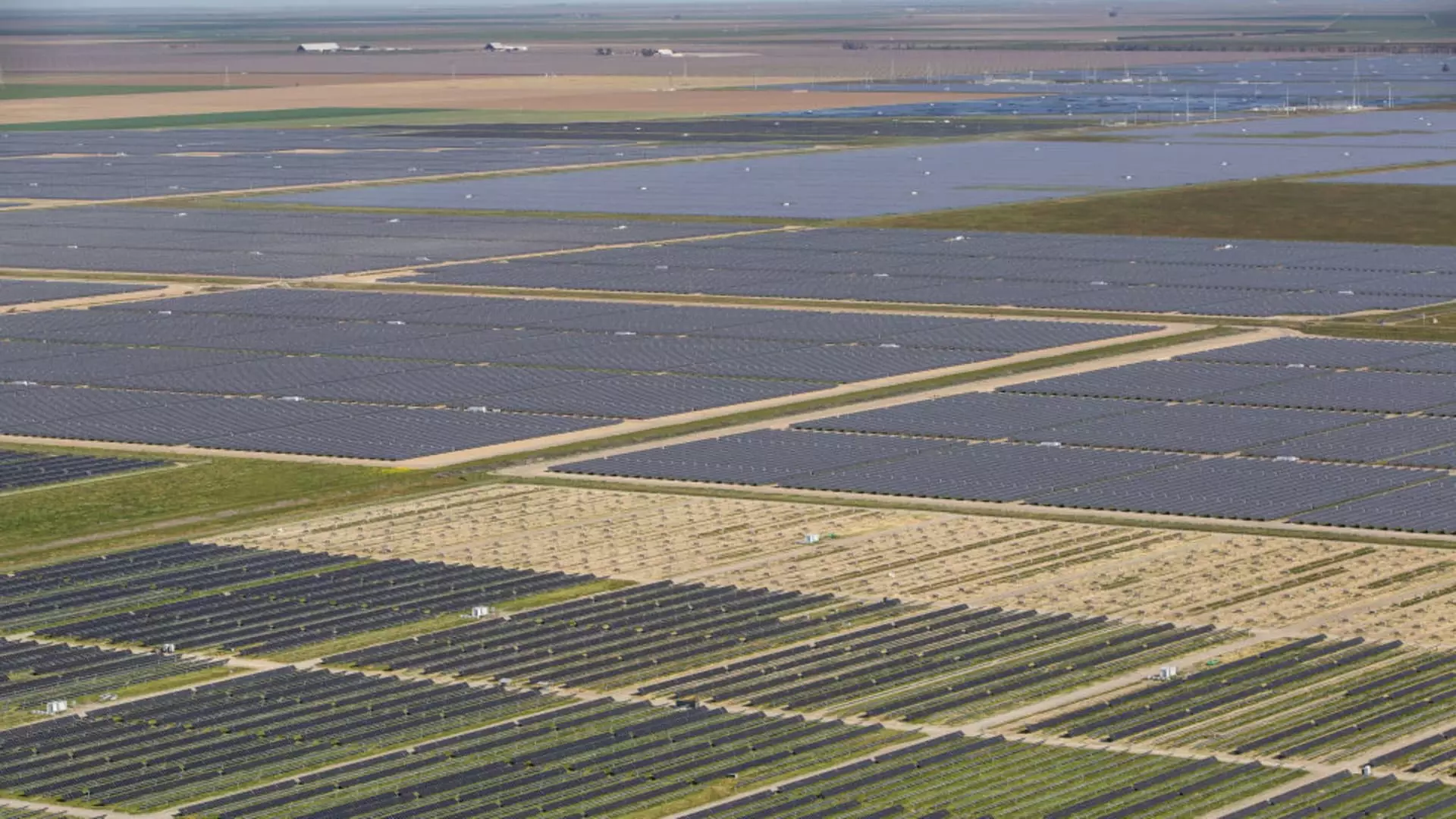The demand for power from data centers is projected to triple by 2030, driven by the rapid expansion of artificial intelligence technologies. According to Mizuho Securities, this surge in power demand will reach 400 terawatt hours annually by the end of the decade, accounting for approximately 9% of total electricity demand in the U.S. This significant increase in power consumption will lead to a corresponding growth in renewable energy sources such as solar and wind power. Renewables are expected to see a substantial increase in demand, with solar power expanding by 7 gigawatts annually and wind power growing by 5 gigawatts per year through 2030.
In the renewable energy sector, solar tracker companies like Nextracker and Array are expected to benefit greatly from the surge in demand for solar power. These companies have the ability to scale up production capacity quickly and efficiently, providing a capital-light solution for meeting the growing needs of data centers. Analysts predict that Nextracker could see a $4 increase in its stock price target, while Array could capture a $2 upside to its current price target. On the other hand, solar module manufacturing stocks such as First Solar may not experience significant movement until the outcome of the upcoming presidential election determines the fate of the Inflation Reduction Act.
Natural gas is expected to play a crucial role in meeting the increasing power demand from data centers. Mizuho projects a potential increase of up to 4 billion cubic feet per day by 2030, accounting for 4% of current U.S. gas production. In the event that the growth of renewables is slower than expected, gas demand could rise even further to 8 bcf/d by the end of the decade. Gas is anticipated to serve as a backup energy source, particularly during periods when solar and wind power production is limited due to weather conditions. Gas producers like EQT Corp. are poised to benefit from this trend, as they supply key data center markets in regions such as the Mid-Atlantic and Southeast.
Pipeline operators such as Williams Companies and Kinder Morgan are expected to capitalize on the increasing demand for natural gas to power data centers. These companies have a significant advantage due to their existing infrastructure and market incumbency. Additionally, independent power producers like Constellation Energy have the potential to thrive by securing agreements to supply nuclear energy to data centers. These agreements could prove to be lucrative as data centers seek reliable and sustainable sources of power to support their operations.
Despite the enthusiasm surrounding the surge in AI power demand, Mizuho analysts have highlighted several challenges and potential bottlenecks that the industry may face. New power projects are projected to take up to five years to receive permits and connect to the grid, leading to potential delays in meeting the growing power demand. Furthermore, investments in renewables could be hindered if a new administration repeals incentives under the Inflation Reduction Act or imposes higher import tariffs. These factors pose significant challenges to the industry as it strives to meet the escalating power demand from data centers.

